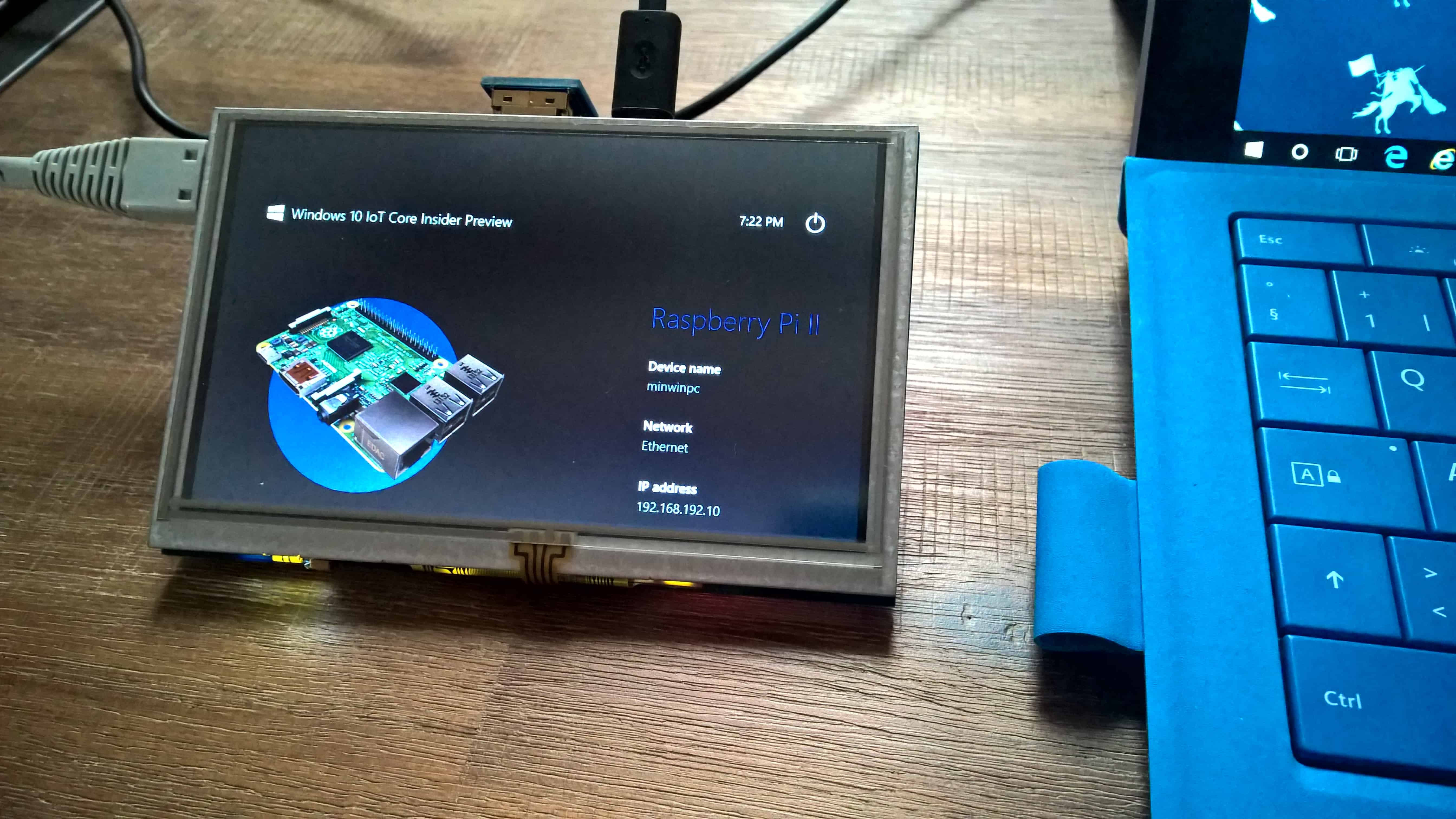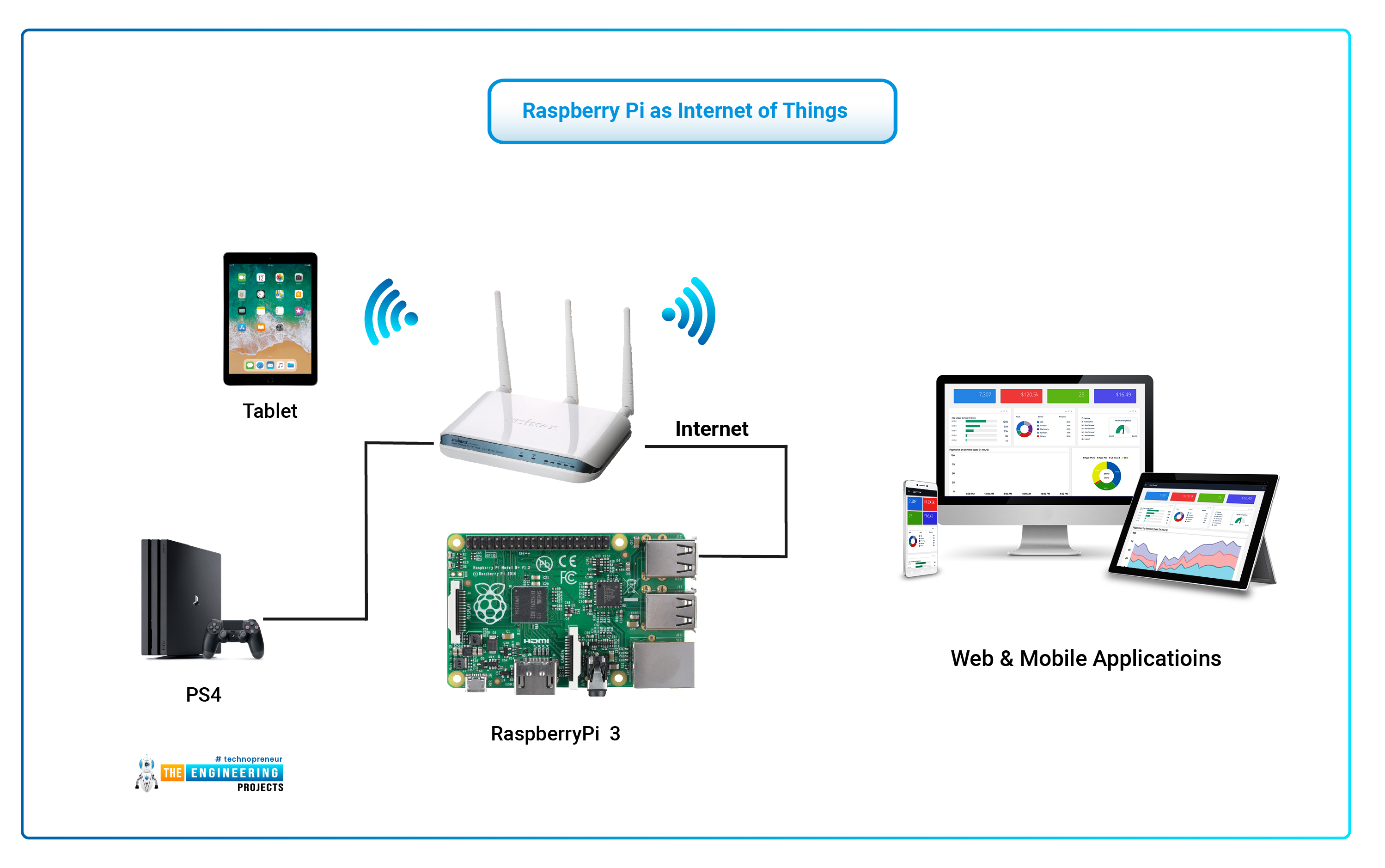Mastering Secure Shell (SSH): The Backbone Of IoT Device Management
Imagine this scenario: you're miles away from home, yet you need to adjust your smart thermostat or monitor your security cameras. The Internet of Things (IoT) has revolutionized our lives by offering unparalleled convenience and efficiency, but with this comes a new set of challenges. The surge in IoT devices has not only enhanced our daily routines but also introduced vulnerabilities that require robust solutions. Remote management of IoT devices is no longer optional; it is a necessity for maintaining security and operational efficiency in the modern world.
Enter Secure Shell (SSH), a cryptographic network protocol designed to provide secure communication over unsecured networks. SSH is not merely a tool—it is a lifeline for anyone managing IoT devices remotely. As the IoT ecosystem continues to expand, understanding SSH and its capabilities becomes essential. This article explores the importance of SSH in IoT management, offering practical steps and best practices to ensure your devices remain secure and accessible from anywhere in the world.
| Category | Information |
|---|---|
| Name | Secure Shell (SSH) |
| Description | A cryptographic network protocol for secure network services over unsecured networks. |
| Function | Facilitates secure remote access to IoT devices for management, troubleshooting, and data transfer. |
| Security Features | Encryption, authentication, and data integrity mechanisms. |
| Typical Use Cases | Remote server administration, secure file transfer, and port forwarding. |
| Free Download Options | OpenSSH, PuTTY, Bitvise SSH Client. |
| Configuration | Requires setting up an SSH server on the IoT device and an SSH client on the remote machine. |
| Best Practices | Implement strong passwords, enable key-based authentication, update software regularly, and restrict access to authorized users. |
| Website Reference | OpenSSH Official Website |
SSH is often referred to as the Swiss Army knife of remote access tools. Its ability to create an encrypted channel between devices ensures that data transmitted between your IoT ecosystem and remote servers remains private and secure. This is particularly critical for IoT devices, which are frequently deployed in environments where security cannot be guaranteed. By leveraging SSH, users can manage their devices without exposing them directly to the internet, eliminating the need to discover IP addresses or modify firewall settings.
- Bozeman Gallatin Valley Your Guide To Funeral Services More
- Zendayas Siblings Meet Katianna Austin More
The versatility of SSH extends beyond basic remote access. It can be used for secure file transfers, port forwarding, and even setting up virtual private networks (VPNs). For instance, if you need to update the firmware on a remote IoT device, SSH allows you to securely transfer the file and initiate the update process—all without exposing the device to potential cyber threats. Additionally, SSH enables users to troubleshoot issues by running diagnostic commands, examining logs, and restarting services remotely, saving both time and resources.
As IoT technology continues to permeate various industries, from smart homes to industrial automation, the demand for secure remote access will only increase. SSH provides a reliable and customizable solution for managing and monitoring IoT devices from any location. However, the effectiveness of SSH depends on proper configuration and adherence to best practices. This includes choosing the right SSH client, setting up the SSH server on your IoT device, and implementing robust security measures such as key-based authentication and regular software updates.
Consider the example of a tech-savvy homeowner who uses SSH to manage their smart home devices. By configuring SSH on their IoT thermostat, they can adjust the temperature remotely without compromising security. Similarly, an industrial engineer can use SSH to monitor sensors in a factory, ensuring optimal performance and identifying potential issues before they escalate. The beauty of SSH lies in its adaptability, making it an indispensable tool for both personal and professional use.
- Grit Tv Schedule Listings Whats On Where To Watch Now
- Osceola County Courthouse Clerk Info Find Services More
Moreover, SSH is highly customizable, allowing users to tailor configurations to their specific needs. Whether setting up port forwarding rules, configuring access controls, or integrating SSH with other security tools, the possibilities are endless. This level of flexibility ensures that SSH can be adapted to any IoT environment, regardless of its complexity or scale.
While technical proficiency is crucial when implementing SSH, it is equally important to address the human element. Training staff on secure SSH practices and establishing clear policies for remote access can significantly reduce the risk of human error. Regular audits of SSH configurations and access logs are also vital for identifying potential vulnerabilities and addressing them proactively. Staying informed about the latest security trends and updates ensures that your IoT devices remain protected against emerging threats.
In the world of IoT, where connectivity is paramount, SSH stands out as a robust and reliable solution for remote device management. Its ability to secure communication channels, simplify file transfers, and facilitate troubleshooting makes it an essential tool for anyone working with IoT devices. By understanding how to download, configure, and use SSH effectively, you can ensure that your IoT infrastructure remains secure and accessible, no matter where you are.
For those looking to take their SSH implementation to the next level, exploring advanced topics such as SSH tunnels, secure file transfer with SCP and SFTP, and integrating SSH with intrusion detection systems (IDS) can further enhance security and functionality. SSH tunnels, for example, allow users to create secure connections between IoT devices and remote servers, even when those devices are behind firewalls or NAT devices. Secure file transfer protocols like SCP and SFTP ensure that data remains protected during transit, making them essential for tasks such as firmware updates and log file transfers.
Integrating SSH with other security tools and technologies, such as IDS, adds an extra layer of protection by monitoring SSH traffic for suspicious activity and automatically blocking unauthorized access. Additionally, implementing multi-factor authentication (MFA) for SSH access requires users to provide multiple forms of verification, such as a password and a one-time code, before gaining access to a device. This significantly reduces the risk of unauthorized access, even if an attacker manages to obtain a user's password.
Disabling password authentication in favor of key-based authentication is another effective security measure. Key-based authentication relies on cryptographic keys rather than passwords, making it much harder for attackers to gain unauthorized access. Furthermore, implementing a centralized SSH key management system ensures that keys are properly protected and that unauthorized users do not have access to them.
As the IoT landscape continues to evolve, staying ahead of emerging security threats becomes increasingly important. Regularly updating SSH software and applying security patches minimizes the risk of exploitation and ensures that your devices remain protected. By implementing these advanced security measures, you can significantly enhance the security of your IoT infrastructure, safeguarding your devices from potential cyberattacks.
In conclusion, SSH is more than just a tool—it is a cornerstone of secure IoT management. Its ability to provide encrypted communication, simplify file transfers, and facilitate troubleshooting makes it an invaluable asset for anyone working with IoT devices. By understanding how to effectively leverage SSH and adhering to best practices, you can ensure that your IoT ecosystem remains secure and accessible, empowering you to manage your devices with confidence and ease.

Mastering IoT Device Remote SSH On Raspberry Pi With Free Downloads

Mastering IoT Device Remote SSH On Raspberry Pi With Free Downloads
SSH IoT Device Free Download A Comprehensive Guide To Secure Remote Access